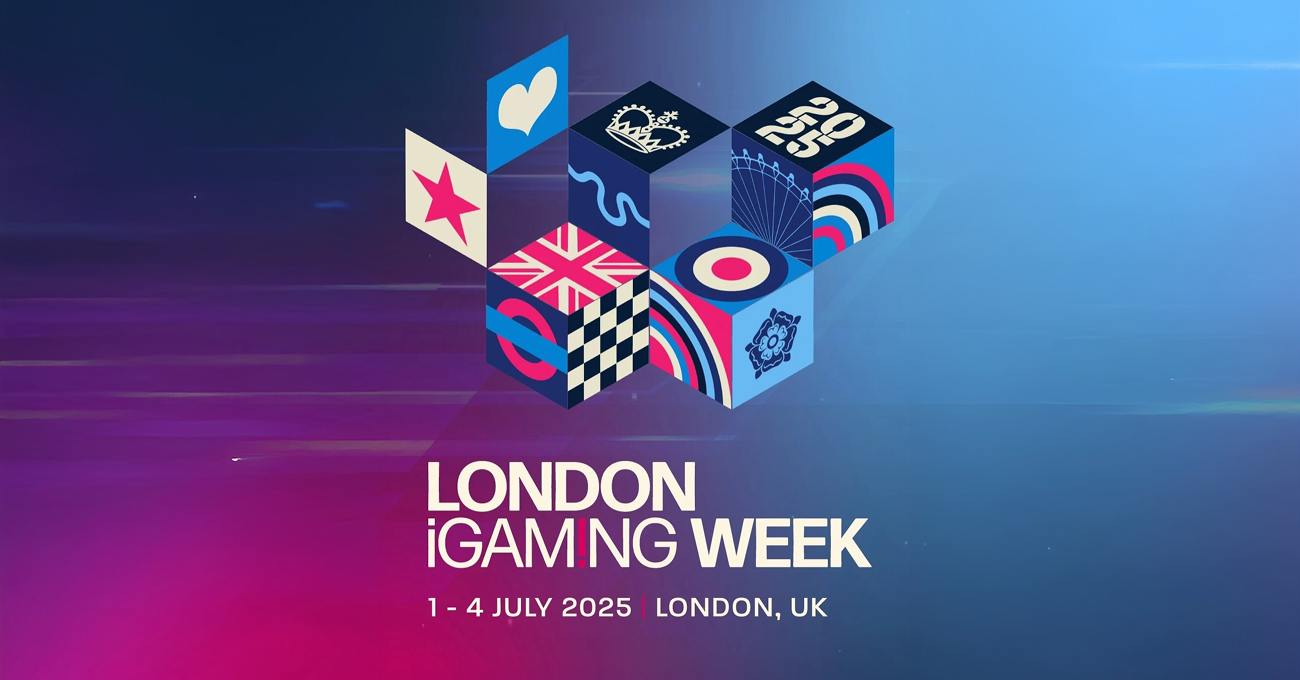HFA’s latest Global Report shows record memberships, rising revenues and booming wellness trends, signaling a worldwide industry in peak form and hungry for even more growth
With half of 2025 in the books, one thing is clear from the Health & Fitness Association’s (HFA) newly released global report: more people worldwide are treating fitness as a necessity, not a luxury.
That is the main takeaway from the 2025 HFA Global Report, but it’s not the only one. There’s plenty to be encouraged by, as the global fitness industry started the year with strong momentum, propelled by record memberships in key markets, steady facility growth and a consumer shift toward treating their health as a priority.
“The Global Report is one of the most important resources we provide because it brings together market data, consumer trends, and policy developments from across the world in one place,” HFA president and CEO Liz Clark said. “It offers a clear picture of where the industry is going and how stakeholders can help shape its future.”
The comprehensive annual study is based on insights from operators, financial data and market analysis in more than 60 countries, taking the pulse of the global fitness industry and where it’s headed next. It also spotlights policy developments from countries such as Australia, Brazil and the United States, markets where fitness is gaining recognition as a vital contributor to public health, tax reform and healthcare integration.
Here are some noteworthy insights from the 2025 HFA Global Report:
US Remains on Top, but Global Markets Are Ripe for Growth
The U.S. remains the largest fitness market, with high penetration and a broad spectrum of offerings from high-value, low-price (HVLP) gyms to luxury clubs.
Industry sentiment is also overwhelmingly optimistic: 91% of operators expect revenue gains, 83% anticipate improved profitability and a majority are projecting membership growth in 2025, according to the report.
Such confidence is fueling an aggressive search for new opportunities, particularly in markets where penetration remains low. Countries like India, Japan and Saudi Arabia are beginning to draw serious interest from global operators. The HFA report notes early moves from international brands in these regions, from new market entries to franchise deals.

GymNation, one of the GCC’s fastest-growing fitness chains, has opened a new headquarters in Riyadh, unveiled senior hires and is preparing to surpass 50 locations by year-end. Its first Saudi club, in Riyadh’s Qurtubah District, drew more than 7,000 founding members ahead of its June 20 opening.
International franchises are also staking their claim. Body Fit Training (BFT), the Australian-born, Xponential Fitness-owned backed brand known for its strength-focused group workouts, has launched in the Middle East and North Africa (MENA) region with plans to open more than 50 studios over the next decade. A new flagship in Doha’s West Walk will anchor the expansion, with locations in Riyadh, Dubai, and Kuwait City slated within the next year.
Meanwhile, in India, a rapidly growing middle class and government-led wellness initiatives are creating fertile ground for new concepts. Additionally, easing inflation, higher disposable incomes and greater public spending on physical activity are expected to sustain global industry growth through 2025.
M&A Reshapes the Market
Consolidation defined the fitness industry in 2024, with major mergers and acquisitions reshaping the competitive fitness arena. Leading the charge was the formation of Purpose Brands, created through the merger of Self Esteem Brands and Orangetheory Fitness. The combined entity marked one of the biggest fitness industry consolidations in recent memory, generating $3.5 billion in system-wide sales across a portfolio of brands that spans 7,000-plus locations in nearly 50 countries.
Other headline-grabbing deals further altered the map. PureGym expanded its North American footprint with the $121 million acquisition of Blink Fitness, adding more than 100 locations to its network. LA Fitness also bolstered its regional presence, acquiring XSport Fitness to grow in key U.S. markets.
M&A was also a hot topic at the ATN Innovation Summit in June, where McKinsey & Company’s Eric Falardeau and Jeff Rudnicki, along with L Catterton’s Marc Magliacano, stressed that M&A is a tool, not a strategy, and urged operators to reframe the question from “What’s our M&A plan?” to “What’s our strategy, and how can M&A accelerate it?”
Strength Training Dominates Floor Plans

Strength training continues to reshape club design, with strength zones now occupying 42% of modern gym floor space, the highest share on record, per HFA. By comparison, cardio areas have shrunk to 12% while functional training zones account for 15% of total space.
AI Adoption Shows Generational Divide
When it comes to AI in fitness and wellness, younger consumers are miles ahead. Nearly two-thirds of Gen Z (and a strong share of Millennials) have tried an AI-powered app, compared with just 17% of Baby Boomers, HFA noted in its report, citing data from ABC Fitness’ recent Wellness Watch report. Once people start, they tend to stick with it: almost half of adopters use AI daily, tapping tools for everything from personalized workout plans and nutrition advice to recovery tracking and mental wellness support.
Frequent users report feeling more motivated and seeing better results, but older generations remain cautious, often citing privacy concerns and a preference for human coaching.
For operators, the takeaway is to meet members where they are. HFA’s report suggests integrating AI features into the broader member experience, such as personalized programming or progress tracking, and using them to enhance, not replace, human interaction. Education is also key, particularly for older members, to build trust and highlight clear benefits.
The complete 2025 HFA Global Report is now available for download here










-(1)_11zon.webp)



















































